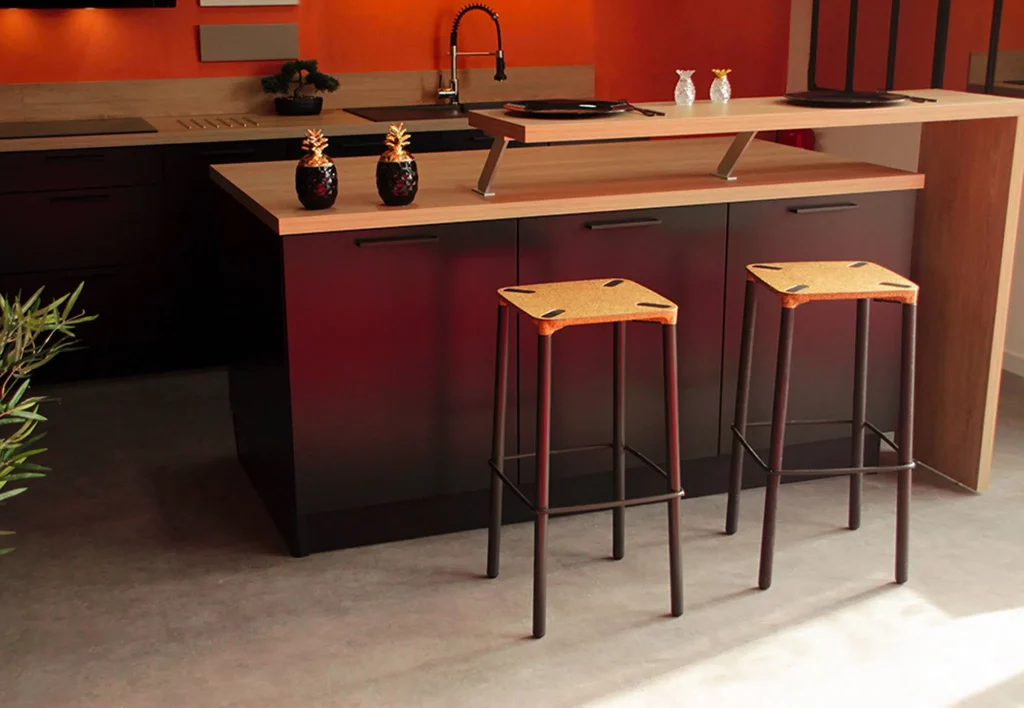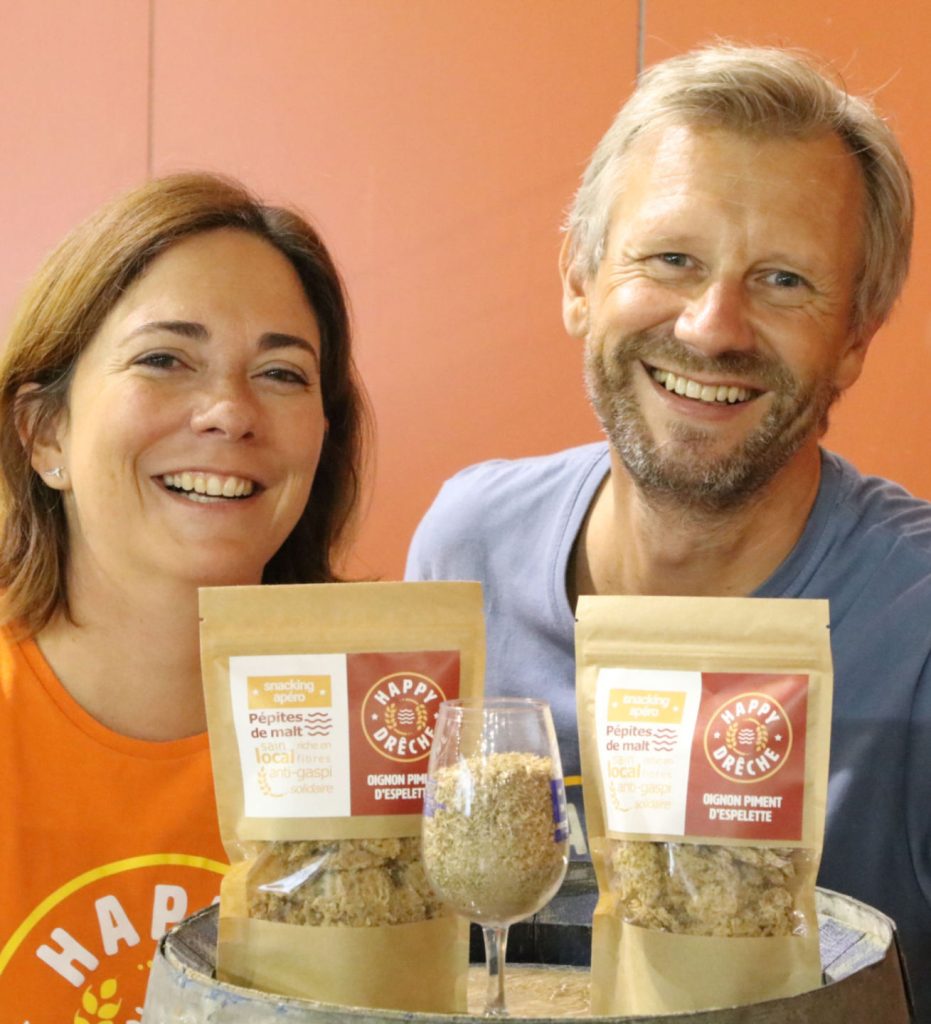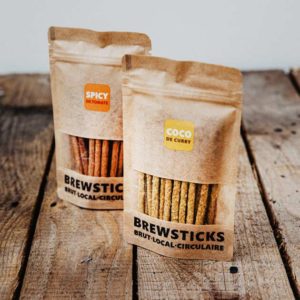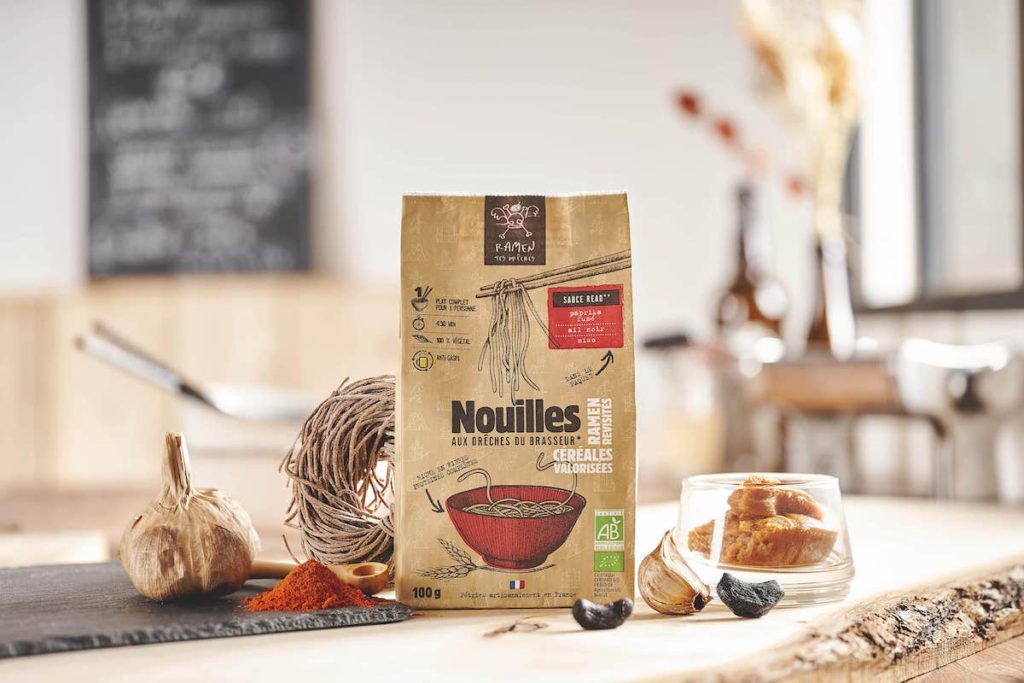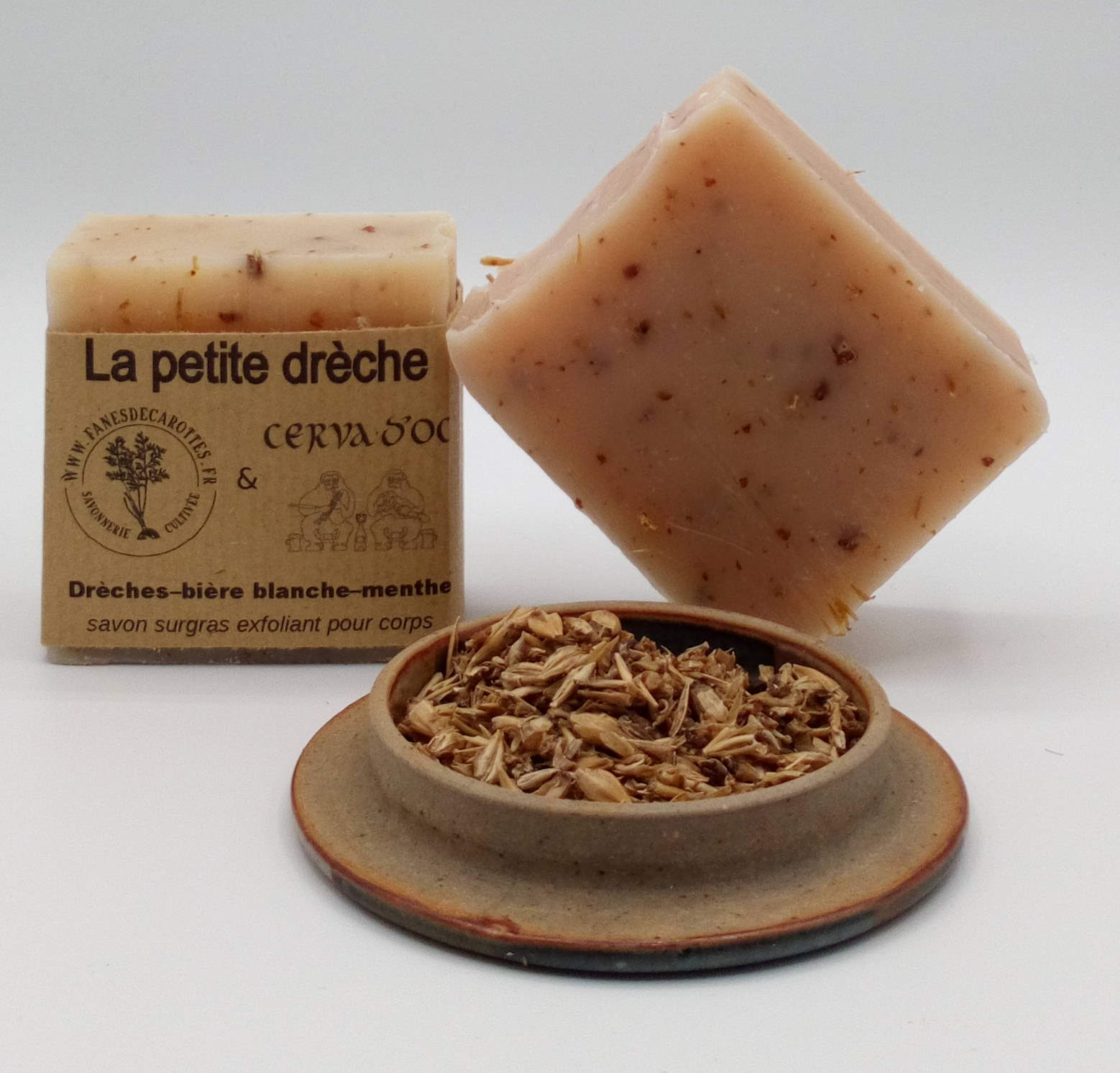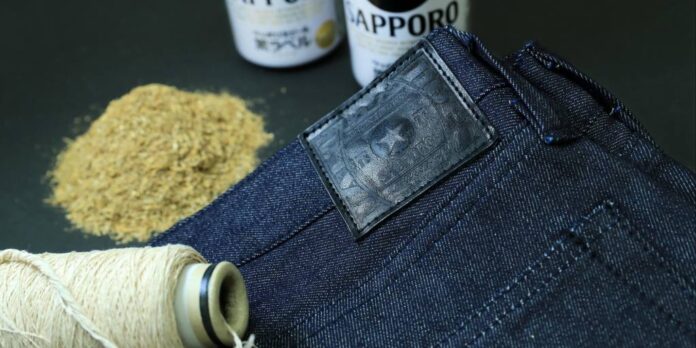Spent grain, a biowaste with a future!
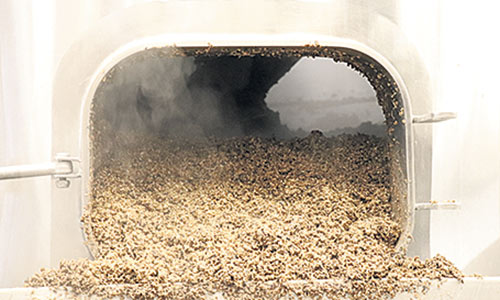
I wanted to give you a quick overview of the use of spent grain. For those who have not yet considered the issue or who are looking for new sources of inspiration, here is a small compilation of different articles that have been searched and sometimes completed.
Also, the various references and brands mentioned in this article are not sponsored. We are simply talking about them to make people aware of some great initiatives. And if you know of any others, we'll be happy to add them!
So what happens to this residue?
Some of it is used as animal feed. But, an ecological and economic aberration, until recently this waste was usually incinerated. Fortunately, things are changing and since 1 January 2016, professionals producing more than 10 tonnes of bio-waste per year have been obliged to separate it and recycle it through specific channels (with a ban on burying it in storage centres). Breweries are now obliged to have spent grain collected as food waste. However, it is also possible and desirable for small breweries to recover spent grain, and we will see how.
Recycling brewers' spent grain to reduce environmental impact and save money
It's anti-waste, zero waste, good for your health and for the planet: by considering this waste as a raw material, we give it a second life. And in this virtuous circle, everyone wins: the brewers see it as an economic boon, as they no longer have to pay for the treatment of their by-products. And the processors have a quality material at their disposal at low cost.
This biomaterial is very popular: in food, design, ...
Spent grain, Design and biomaterials
There is indeed a new recycling channel that is both economical, ecological and innovative for the home: mixed furniture.
A beer lover and environmentally conscious, designer Franck Grossel decided in 2018 to combine his passion with his expertise as a cabinetmaker and designer by creating the project Instead ("instead of" in English, editor's note). His "brewed" furniture, high-end, eco-responsible and made in France, combines compacted grains and wood in a formula composed of 98% of high pressure moulded grains.
And its range is growing, so attractive is the process. Today, the star product remains the stool made from 6 litres of beer, which is the equivalent of 2 kg of recycled material. It is already possible to buy a stool, a clock and coasters. And the committed designer has other ideas for developing new products: fittings, panels and acoustic elements. Because beyond the ecological aspect of the material, the drche offers new textures and sensations. More generally, it should be noted that spent grain is a new kind of material and has excellent technical characteristics: flexibility, resistance, malleability and waterproofing.
This is the Instead brewed stool:
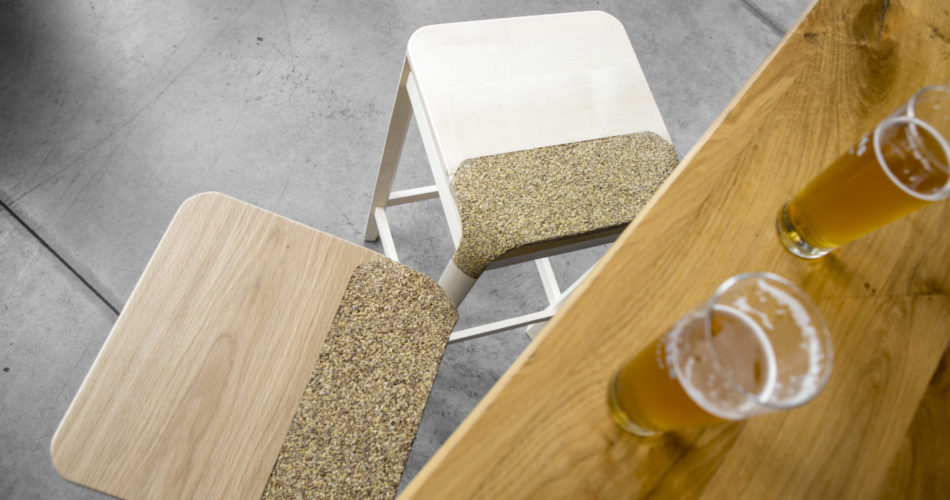
Spent grain and human nutrition: a new flour
Do we have spent grains in our cupboards too? They are made up of fibre and protein and are guaranteed to be free of alcohol and hops. Some preparations such as spent grain flour enrich the final product with all these nutrients. These nutritional qualities can therefore be used in a wide range of products such as bread, biscuits, snack cakes, pasta, cookies or cereal bars, etc. Here are some examples of anti-gaspi and zero waste products:
Happy Drêche is an association from Lille that has decided to tackle the waste of spent grains. And it must be said that the city is not short of resources, as there are many breweries in the area. The two founders, Christophe and Caroline, collect and transform spent grains from microbreweries in order to incorporate them into delicious, healthy and local recipes! Cereals with malt nuggets and aperitif snacks, gourmet and responsible.
Another innovative snack, the Brewsticks are aperitif biscuits in the shape of sticks made from the spent grain of the Brasserie de l'Etre in Paris. Brewsticks are additive-free, low in salt, high in fibre and a source of protein. They are available in 4 regular flavours: sesame black (with black pepper), curry coconut, tomato spicy and Breizh weed (with Breton seaweed).
Another Parisian company is focusing on ramen. Founded by Jonathan, Eléonore and Sabrina Ramen tes drêches markets the first noodles of their kind, which recycle the cereals from the brewing of beer from the craft breweries of the Paris region. In this case, it is the draff flour that is used as the raw material for the instant noodles. For sustainable food right to the end of the chopstick!
Spent grain and animal feed
This application is mainly used in rural areas where the animals are close to the brewers. Spent grain is a source of protein and fibre for animals. Ruminants and poultry, especially hens, are fond of these grains. An example is the brewery BREWEN which gives them to a farm located 2km from the brewery. You can find advertisements of this type on sharing sites such as Sharetreuse for example (in Chartreuse, you get the idea 😉 )
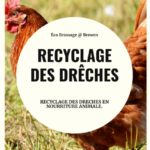
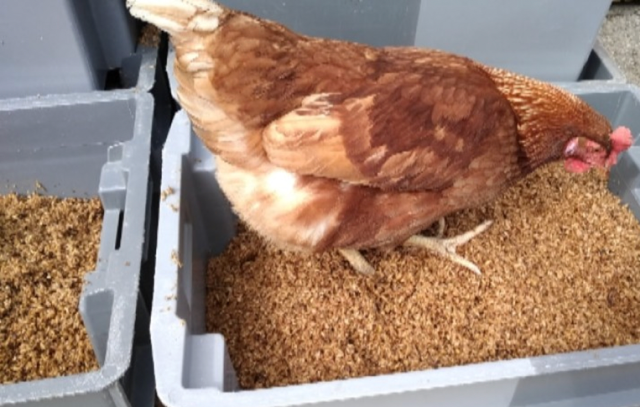
If you want to feed your spent grain to animals, do it quickly! Firstly because the nutritional qualities are quickly degraded (after 3 days). Secondly, because the moisture content is very high (around 80%). The risk of fermentation is high, and the taste and nutritional qualities for the animals would then be altered.
A little tip for the dolls: you can spread the spent grain on the ground to allow it to dry (this will prevent it from fermenting).
Spent grain and cosmetics
Dried and powdered DDGS of different sizes are integrated into soap formulas and used for their exfoliating properties. Here is the example of the Brasserie Cerva d'Oc which has a whole range of soaps, but not only ? : http://www.cervadoc.com/pages/nos-produits.html
Drêche and Compost
Spent grain is a natural wet substrate. It can therefore simply be used for composting, as is done by the brewery Petite Couronne For example, by bringing 100% of its spent grain (i.e. about 1T/month) to a nearby nature park. An interesting contribution to the maintenance and health of green spaces!
Compost is a natural quality fertilizer obtained from the controlled degradation of plants. It is made at home at the bottom of the garden, but I am not telling you anything new. Spent grain, rich in nitrogen, is therefore a perfect basic ingredient for good compost!
Spent grain and energy production
For information or reminder, biogas is the gas resulting from the anaerobic fermentation (without oxygen) of waste. This waste then produces CO2 and methane which can then be reused to produce electricity but also fuel.
In eastern France, there is already theMETHAVALOR project, which aims to recycle organic waste in order to produce biogas to power electric vehicles, among other things.
The city of Reims has started to make biogas directly from spent grain:

In the Loiret region, a young brewery is already using a company to methanise its spent grain.
There are even individual solutions for building your own methaniser and producing biogas. For example, the Methatec company has developed a domestic methanizer: https://www.batiactu.com/edito/un-methaniseur-domestique-transformer-ses-dechets-electricite-46640.php. For the more do-it-yourselfers, here is a homemade solution: https://wiki.lowtechlab.org/wiki/Biodigesteur_domestique
Drêches and Champi!
Spent grain, like coffee grounds, can be used as a substrate for mushroom cultivation.
To see an in-house test, click here: https://comment-brasser-sa-biere.fr/champignons-sur-dreches/
It is essential to have an aerated substrate, so adding straw is a plus. The ideal mixture seems to be 1/3 draff, 1/3 coffee grounds and 1/3 straw. All of this should be sterilised in an oven, for example, to avoid strong fermentation odours.
It sounds a bit crazy, but you see, a merry band of people have developed an activity around this: growing mushrooms with spent grain as compost. It takes place in Belgium (who said "yes, of course!" ahah) and it is rather interesting!

The Japanese turn them into jeans!
For more information: https://positivr.fr/lemblematique-brasserie-japonaise-sapporo-transforme-les-dechets-du-brassage-en-jeans/
You can take a look here for some other examples of spent grain recovery structures: https://www.mycommunitybeer.com/view/que-faire-avec-la-dreche.xhtml
Sources :
- https://www.happybeertime.com/blog/2018/04/16/5-bonnes-idees-recycler-dreches/https://comment-brasser-sa-biere.fr/valoriser-tes-dreches/#:~:text=The%20dr%C3%AAches%20are%20a%20substrate,the%20d%C3%A9gradation%20contr%C3%B4l%C3%A9e%20of%20v%C3%A9g%C3%A9taux.
- http://brasserieduvallon.fr/blog/
- https://comment-brasser-sa-biere.fr/champignons-sur-dreches/
- https://www.mycommunitybeer.com/view/que-faire-avec-la-dreche.xhtml
- https://www.leroymerlin.fr/magazine/habitons-demain/valorisation-des-dreches-de-brasserie-quand-les-dechets-de-biere-se-transforment-en-tabourets.html
as well as all links in the body of the text 😉


